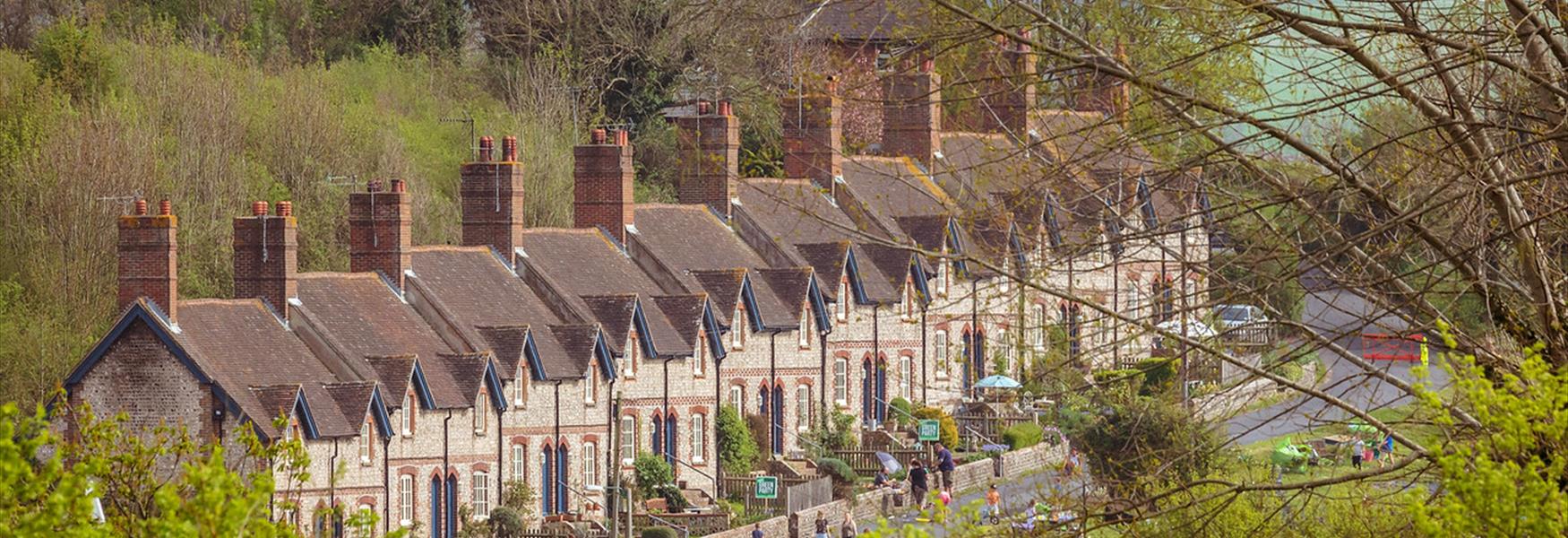You are here: Explore > Villages
If you’re looking for ideas for things to do near Lewes in East Sussex, the rural part of our district is scattered with villages that are within the South Downs National Park or are nearby gateways. Our picturesque villages including Ditchling, Firle, Glynde, Falmer, Stanmer and Plumpton offer the chance to stop for a drink in a country pub, enjoy a cream tea, visit a country house, museum or to browse some unique independent shops.
Ditchling is a village and civil parish. The village is contained within the boundaries of the South Downs National Park; the order confirming the establishment of the park was signed in Ditchling.
Plumpton is a village and civil parish. The village is located five miles (8 km) north-west of Lewes. The parish measures 6.5 miles in length on its north-south axis and 1 mile at its widest. The southern half of the parish lies within the South Downs National Park and the highest point is the crest of Plumpton Plain at 214m (702 feet), which is traversed by the South Downs Way. Plumpton is home to Plumpton Racecourse.
Falmer is a small village lying between Brighton and Lewes, approximately five miles (8 km) north-east of the former. It is also the site of Brighton & Hove Albion's Falmer Stadium, better known as the Amex Stadium.
This picture features Ditchling Beacon where you can drive, ride or walk to one of the highest points in East Sussex, the view is incredible.The summit of Ditchling Beacon is on the South Downs Way but is also easily accessible by car (from Ditchling village via Beacon Rd), so you’ll find an interesting mix of sturdy hikers and more leisurely moving sightseers enjoying the vista. To plan your walk OS Map Explorer 122 & 123 cover this area.
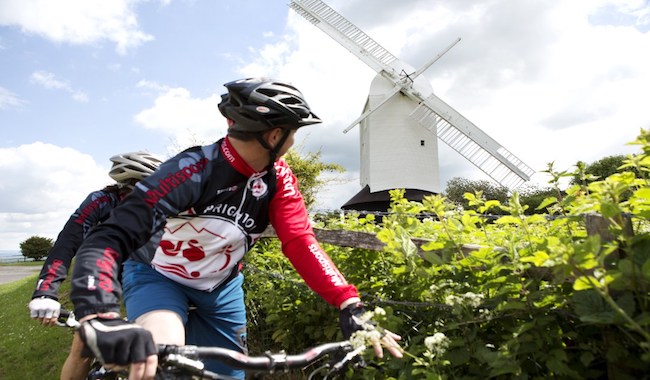
Follow the trail of ‘Dizzy the Ditchling Dragonfly’ designed to lead you through the various habitats on Ditchling Common Country Park. This circular walk is only a mile long so is suitable for the whole family. Ditchling Common Country Park covers 76 hectares (188 acres). The site is used for activities including walking, fishing, picnicking, education and dog walking.
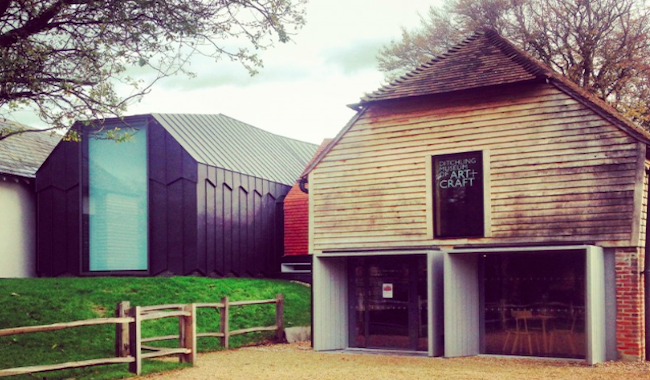
The Museum houses a collection of international importance and has won several architectural prizes for its innovative design. The museum holds a collection of work by the artists and craftspeople who were drawn to the village, including type-designer and letter-cutter Eric Gill. The Museum is dedicated to the art and craft created by local artists. But Ditchling is no ordinary village. Throughout the 20th century it attracted artists and craft workers of national repute.
Situated just 5 miles outside Lewes, Plumpton is probably best known for its racecourse. Plumpton is a great place for walking and its ancient woodlands to the north and extending into the South Downs National Park at its southernmost end. The area is rich in wildlife with hares, kingfishers and the occasional nightingale.
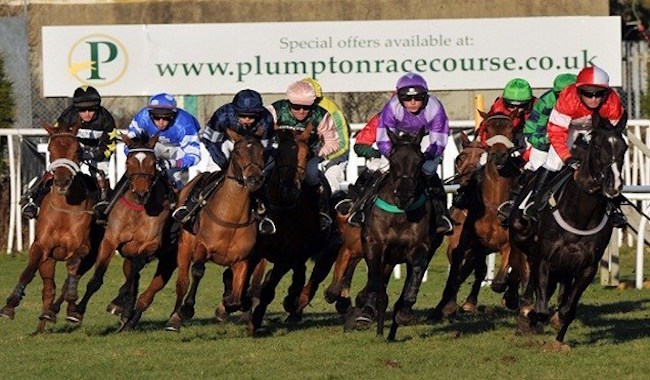
Plumpton Racecourse is one of the smaller National Hunt racecourses in Britain with a circuit of just over 1 mile (1.6km). In 2013 Visit England declared Plumpton Racecourse as one of the top ten visitor attraction racecourses in England and Wales and they hold events, exhibitions special race days and camping weekends. The course is adjacent to Plumpton railway station with trains running hourly to nearby Lewes, which makes it a convenient day trip from London.
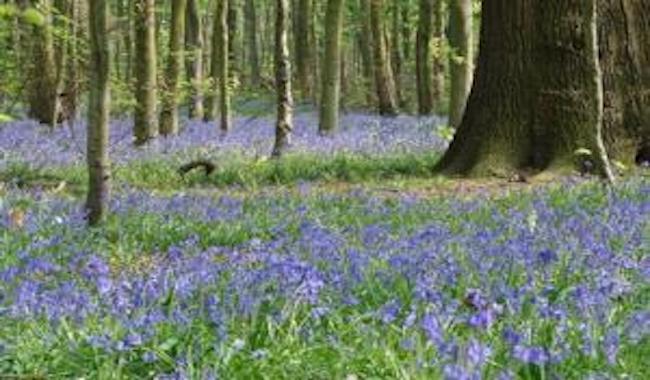
Close to Falmer railway station, Stanmer Park is 5,000 acres of open parkland located within the South Downs National Park. Perfect for picnics, cycling and woodland walks, this park is a favourite with people from nearby Brighton. Inside the park you will find Stanmer Village, an 18th Century village with a tea room, a farm and knapped flint church. If you fancy a treat you can now dine out at Stanmer House, an 18th Century grade 1 listed mansion house once owned by the Pelham family. The park is also home to Stanmer Organics Nursery.
.jpg)
Falmer Village lies in the Sussex Downs ‘Area of Outstanding Natural Beauty’ The name Falmer is from the Saxon “Falemere”, which is recorded in the 11th Century Domesday Book. Old flint-stone buildings surround the village pond, including the old school, and St Laurence Church dating back to the 11th Century and renovated in 1817 . Much has changed over time and it is now home to two universities and the AMEX community stadium. Despite development the village still retains its charm.
Chailey is one of the largest rural parishes in the country, extending for 9km from North ti South and for 6km from east to west. Situated opposite the windmill on Red House Common stands a yew tree that marks the centre of Sussex.
Just over 4 miles north of Lewes town lies the village of Barcombe which is often described as being three villages in one. There is the original settlement which surrounds the church, Barcombe Cross where villagers fled to escape the Black Death and Barcombe Mills, a popular fishing spot.
Today Barcombe is a thriving village with shops and a pub serving local real ale. It is served by bus services to Lewes, making it a perfect a day out if you are staying in Lewes town.
The mills, which gave Barcombe Mills its name, dated from at least Roman times. There were a variety of mills over the years including flour, oil and button mills. The last mill was built in 1870, but burned down in 1939, bringing the era to an end. A visit to Barcombe Mills is highly recommended. It’s the perfect summer location for wild swimming, picnics and boating and has been named as one of the top ten spots for wild swimming in the country.
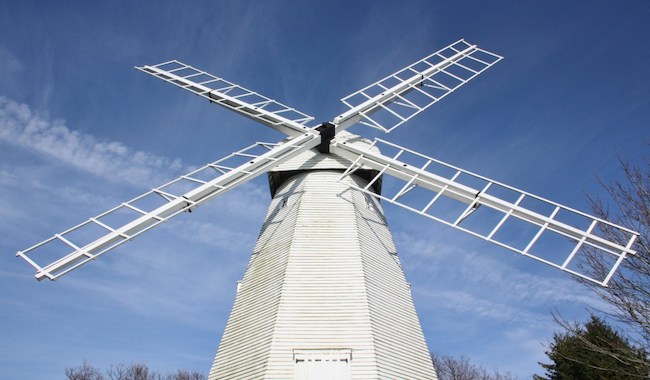
Situated on Red House Common, this heritage smock mill is open to the public and well worth a visit. The mill itself was the seventh on this site and was built in 1836, putting in service at West Hoathly and Newhaven before being moved to Chailey. It was a working mill until the 1930s. Also known as Beard’s Mill, it is a Grade-II listed building and houses a rural life museum.
Visit Firle and walk back in time. The narrow streets of flint knapped cottages don’t seem to have changed for centuries, but Firle is not simply a picturesque village but a thriving community. Firle still has its own blacksmith, one of the oldest cricket teams in the world and a bonfire society. You’ll find an Inn in the centre of the village serving locally sourced food and a 13 Century Church which houses a stained glass window by John Piper.
Glynde is a small village that is easily accessible by train or by foot across the downs from Lewes Town. Situated on the flank of Mount Caburn it has a tea shop, forge and a pub in the heart of the village, which is a popular stopping point for cyclists and ramblers. It is also a great spot for paragliding as Glynde has its own hang-gliding and paragliding centre.
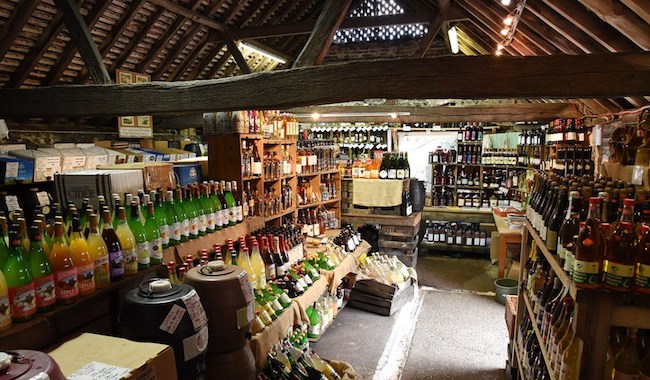
Meet your farmyard favourites at this 625 acre working family farm, home to an exciting farm shop, the oldest in the U.K. with butcher’s shop, delicatessen, farmhouse bakery and the National Collection of Cider & Perry.
Browse the largest array of Sussex produce available anywhere and enjoy coffee and cake, light lunch or afternoon cream tea in the tearoom. Play in the Hay Play Barn, discover the wildlife on their Farm Trail and pick a beautiful memento of your visit in their stylish country gift shop.
Open every day
Middle Farm, Firle, Lewes, BN8 6LJ
01323811411
info@middlefarm.com
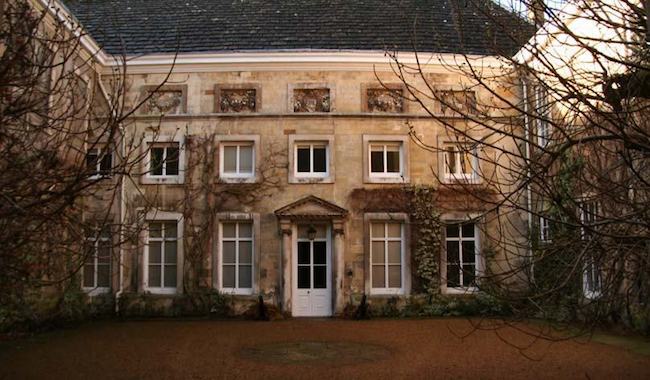
If you are visiting Firle don’t forget to visit Firle Place Country Estate for a traditional and genteel day out. This 300 acre park is stunning with a walled garden, Victorian fountain and cultivated lawns known as ‘pleasure gardens’. You can also take a peep inside this grand house which is full of ancestral portraits and suits of armour, before resting with some tea and cake in the cafe. The private gardens are open to the public twice a year in Spring and Autumn under the National Gardens Scheme.
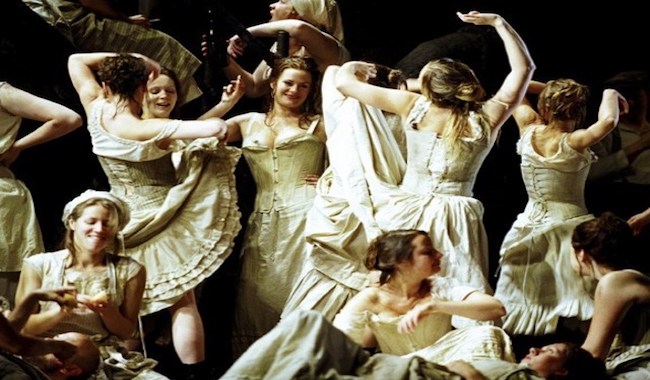
Glyndebourne is internationally recognised as one of the best opera houses in the world situated next to a very British country home. Although all of the performances take place within a state of the art opera house, it is also famous for its lavish picnics outside on the lawns complete with full evening dress and candelabras.

+(1).jpg)
+(1)(1).jpg)
A magnificent Elizabethan country house situated in 70 acres of parkland. Originally the home of Viscount and Viscountess Hampden, Glynde Place gives you an insight into a traditional English country house dating back 500 years. They also hold concerts and events throughout the year including the Love Supreme Jazz Festival in July.
© Visit Lewes 2025. All Rights Reserved




